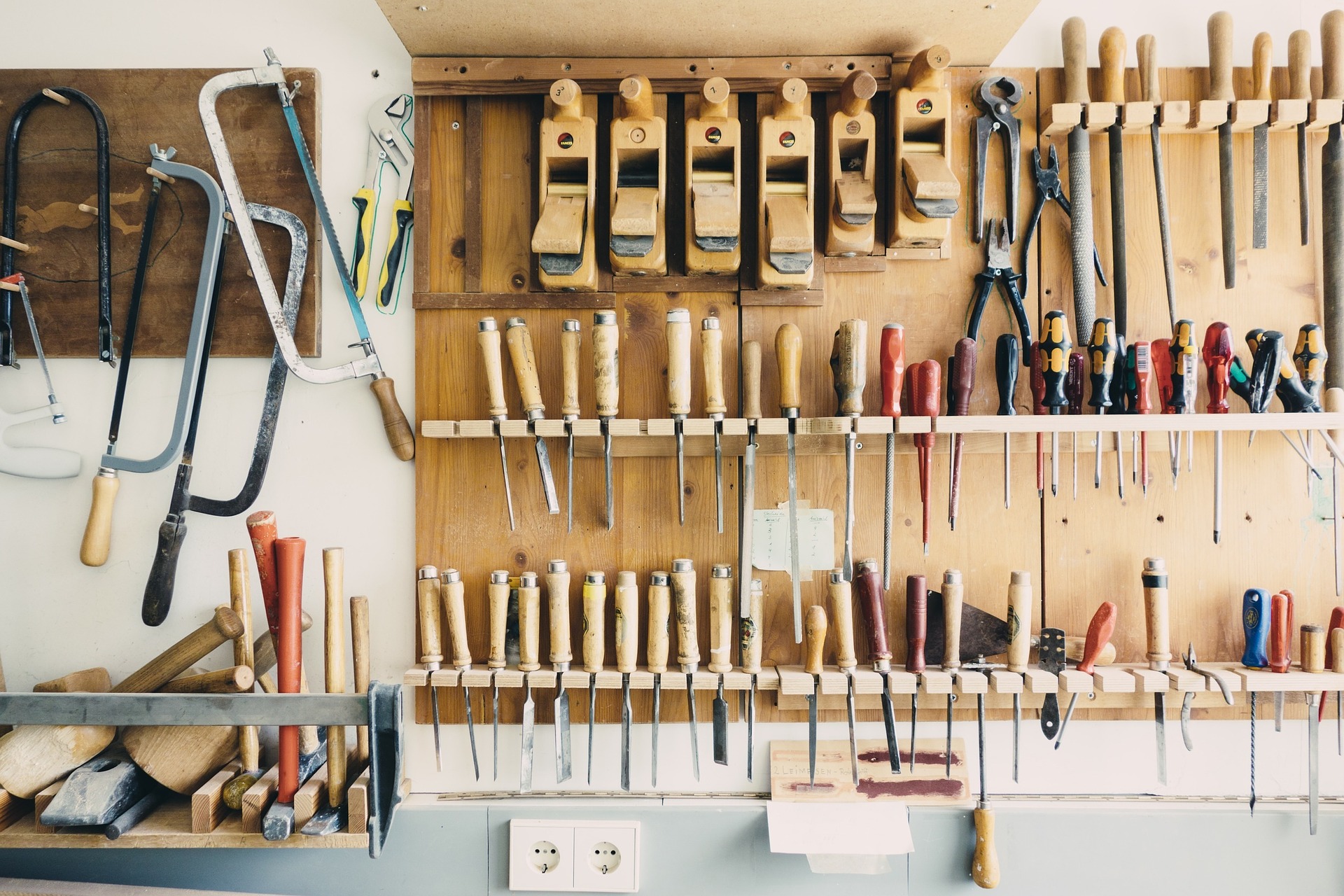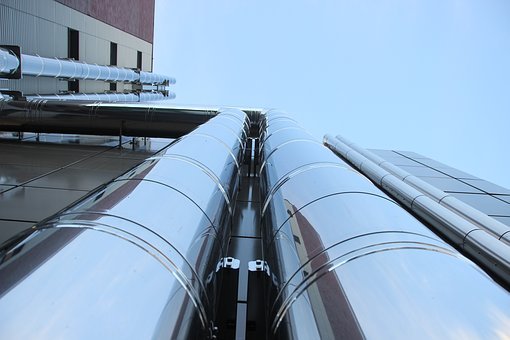Our garages and sheds can quickly accumulate a lot of items, be it garden tools and handyman tools, sports equipment, old furniture and appliances, and a whole lot more. While we all know that a garage is specially-made for vehicles, we sometimes can’t help but use it as a storage area as well. We do this especially with items which we no longer use or need, simply because we don’t know what to do with the items or we haven’t yet made up our minds whether to do away with them or not. But if you’re looking at your garage and are thinking that it’s time to get it cleared, you may be facing a daunting and challenging task. Clearing your garage of all sorts of items can take time, and it can even pose certain risks of injuries or accidents. So, what is there to do? Is your garage filled with rubbish and other items? Here’s what you can do to clear the space.
Find the right garage clearance service:
If you are serious about clearing your garage and reclaiming your space, but you don’t have the inclination or the time to do it yourself, you should find the right garage clearance service. There are many professional companies which specialise in this kind of service, and a simple search can provide you with a list of prospective professionals in your area. You can contact them and ask for an estimate of their rates, and if their rates are reasonable and their service seems reliable, you can book a schedule to have your garage cleared. A team will then arrive at your property and essentially remove all the items you want them to remove from your garage. Some things can be recycled, while you can decide to either donate or give away other items. The team will then load the items you no longer want into their specialised trucks and make sure as well that they clean your garage and leave it tidy.
Some additional facts you should know:
A professional clearance service such as a garage and house clearance service can take care of whatever items you have in your garage. They can remove all types of items, be it old equipment and tools and even vehicles. Whatever rubbish you have can be taken care of by the team, collected and then properly disposed of. If you have a lot of broken equipment such as gardening equipment, sports equipment, workbenches, machinery, and so on, the team can easily remove it for you. You can also do away with other forms of rubbish such as old toys, old clothing, and other miscellaneous objects. If you have a shed filled with soil and garden waste, masonry, fencing, gates, and more, you can rely on a clearance service as well.
But a garage clearance service will not only remove items from your garage – it will also make sure to sort through them to see which items can be recycled. These professional services are focused on making sure that things which can still be recycled are recycled and not placed directly in a landfill, thereby helping the environment as well.
Read Also:






















